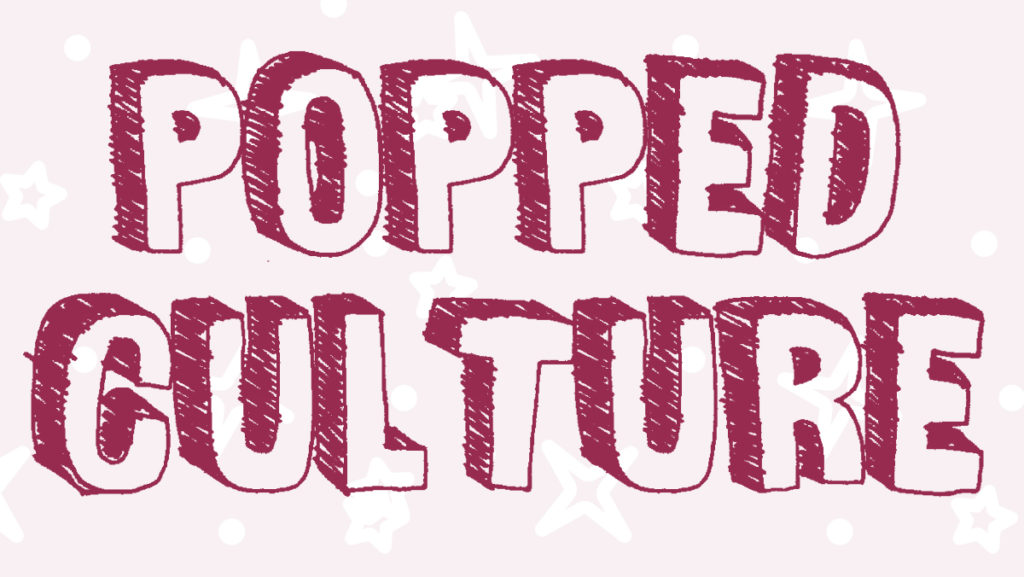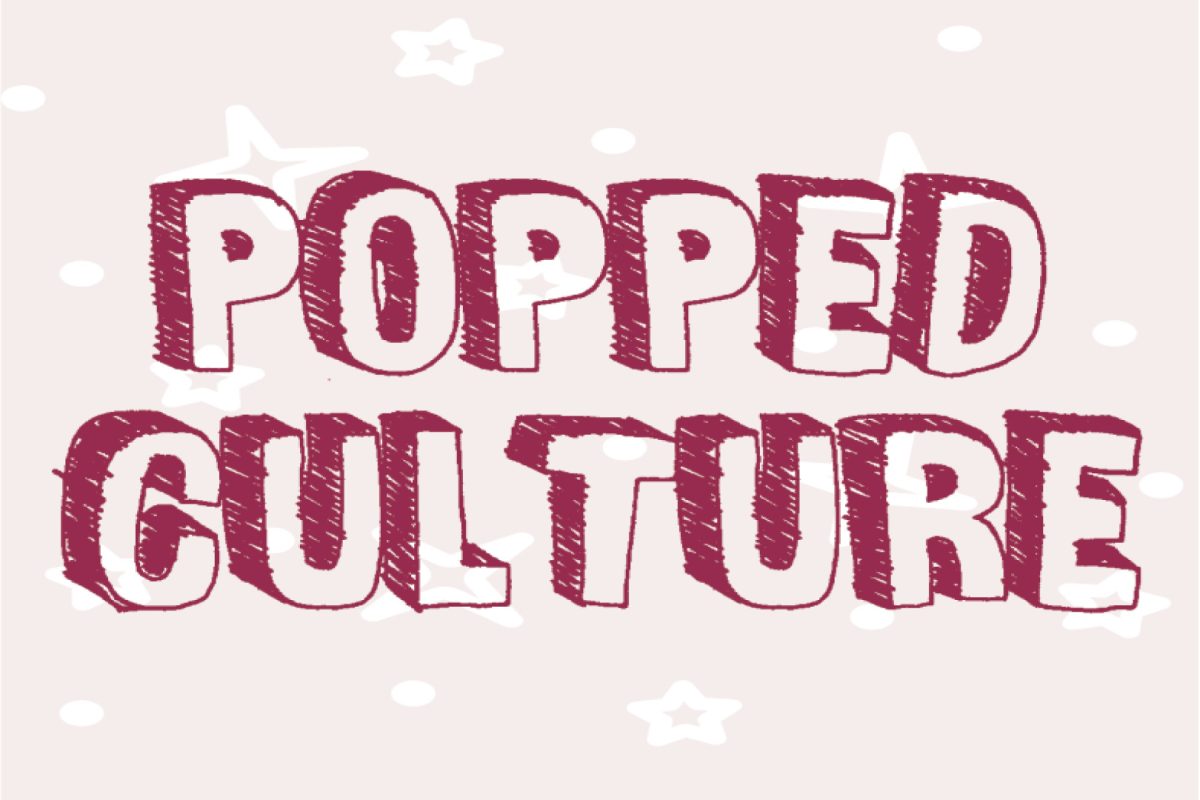From appalling racist caricatures of Black and Asian people to jarringly inappropriate, racially charged song lyrics, the Walt Disney Co.’s reputation has been permanently marked by racial intolerance.
Disney has certainly made notable strides in recent years with movies like “Moana,” a film that embraced a different culture from the company’s typical Eurocentric plots with a generous amount of care. However, even with some triumphs in cultural storytelling, Disney still finds a way to shoot itself in the foot.
In the case of “Moana,” the showrunners hired a team of Pacific islands cultural scholars in an attempt to familiarize themselves with the rich traditions of the Pacific. The result was a movie that most people truly appreciated. Then, the company released a Maui Halloween costume — one that featured a brown bodysuit covered in tattoos. Islanders as well as fans of the movie spoke up, accusing the company of promoting brown face.
While this is unbelievably messed up, it’s an example of a lapse in cultural understanding, not necessarily a targeted racial attack. But in the past, Disney has proven capable of being unyieldingly cruel.
Many moments stand out in “Dumbo” in particular. The first is “Song of the Roustabouts,” a catchy little ditty that labels Black people as irresponsible and compares them to animals. The song features lyrics like, “We don’t know when we get our pay / And when we do, we throw our pay away” and “Grab that rope, you hairy ape!” These men are depicted working alongside the animals in the mud and rain as if they are no different from the trained circus elephants. The second aspect of the film that is worth mentioning is the crows. They are a gaggle of flying racial stereotypes and depicted as rowdy and ill-mannered. The head crow is literally named Jim Crow, a distasteful reference to the discriminatory segregation laws of the time. On top of that, Jim Crow is voiced by a white man, Cliff Edwards. And, much like a minstrel show, having a white man play a caricature of a Black man is troubling.
“The Jungle Book,” “Aladdin” and “Mulan” have also been criticized for their racist depictions of minorities. King Louie, the king of the apes in “The Jungle Book,” is one of the most racist parts of the film. Louie and his band of monkey subjects are blatant caricatures of Black people. They talk with stereotypical African American Vernacular English and, much like the crows and the Black people in “Dumbo,” are depicted as unruly and irresponsible.
When it comes to “Aladdin,” it is important to note that Jasmine was partially inspired by animator Mark Henn’s sister Beth Henn-Allen, who is white. Outside questionable inspiration choices, it is also worth mentioning that villain characters like Jafar and the guards are noticeably more ethnic-looking, while the main characters and “good guys” have lighter skin and whiter features.
Even “Mulan” is guilty of promoting racist and colorist ideals. Ever notice how the members of the Mongolian army all have darker skin than the Chinese characters? How about how the same Mongolians are portrayed as animalistic and almost subhuman?
These sorts of careless portrayals and choices do nothing but enforce already prevalent, stereotypical messages about race. Dark people are evil and cruel. Lighter–skinned people are trustworthy heroes that put the dark people in their place. While “Dumbo,” “The Jungle Book,” “Aladdin” and “Mulan” are vastly different from each other in setting and plot, they all have one thing in common: Disney has adapted all of them into live-action movies. The decision to convert these particular films to live-action feels like an attempt to undo some of the company’s racist history, especially when you take into account how vastly different some of the live-action movies are to their animated counterparts.
The live-action “Dumbo” got rid of all traces of the crows and “Song of the Roustabouts,” which are massive wins. Despite this major step forward, the film’s lead cast only has two people of color, Milly Farrier (Nico Parker) and Rongo (Deobia Oparei). Ironically, the original animated film featured more people of color than in the modern adaptation.
“Aladdin” patched up some issues by casting mostly actors of color for the main cast, including actors of Middle Eastern descent. The one exception was Jasmine’s suitor, Prince Anders (Billy Nagnussen), who was supposed to be a foreigner from some miscellaneous European nation. Having a majority–of–color cast is a major step forward for any studio. According to a 2019 Hollywood Diversity Report released by the University of California, Los Angeles, only two out of 10 lead actors in film are people of color. However, people still raised concerns about the casting of princess Jasmine (Naomi Scott). Scott is not Middle Eastern but is part Gujarati Indian and part British. People criticized the casting choice, saying that the studio should have sought out a woman with darker skin and of Middle Eastern descent for the role.
The live-action version of “Mulan,” released Sept. 4 exclusively on Disney+, made a lot of notable changes to the story. One of the most obvious modifications is that the invaders are no longer Mongolians. Instead, they are Rourans, a group of proto-Mongolian people. This change is more historically accurate, albeit simplified for entertainment purposes seeing as the concept of a unified Mongolian people didn’t come about until after the story of Mulan takes place. The invaders also aren’t depicted as animalistic and are significantly more human than in the original. Although these are major steps forward, Disney still ended up with egg on its face.
Since August 2019, people have been calling to boycott the film, accusing it of supporting anti-democracy. The opposition started when Liu Yife, the actor who plays the titular Mulan, went public about her support for the Hong Kong police during the height of the Hong Kong protests. She wrote about her feelings in a social media post that says, “I also support Hong Kong police. You can beat me up now.” When the movie was officially released, opposition sparked up again, and the hashtag #BoycottMulan gained popularity on Twitter.
An even more recent development has led to a spike in protests surrounding the movie. Disney revealed that portions of the film were shot in Xinjiang Province, a location where the Chinese government has been accused of carrying out a genocide of the country’s racial minorities. It is thought that over a million Uyghur people have been detained in Xinjiang. Disney explicitly thanked government entities from the province in the credits of the film. This whole situation is a blatant example of how little Disney seems to care about morals. On top of that, Disney has yet to address the controversy at all.
Disney has been incredibly careless in all of its attempts to not be racist. The company starts to clean up its mess but always seems to do the bare minimum. It just can’t seem to fully commit itself to inclusion and promoting visibility for people of color.
When you actually comb through Disney’s history, it becomes painfully clear that we need people of color and minorities in the room at every step of the moviemaking process, from the writing room to the marketing department. According to an analysis of the top 700 films from 2007 to 2014, only 5.8% of directors were Black. An even smaller 2.4% of directors were Asian. These statistics make it clear that all filmmaking is seriously lacking diversity of perspective. What results from this is a vacuum chamber of whiteness that inevitably leads to racism, discrimination and misunderstandings.





